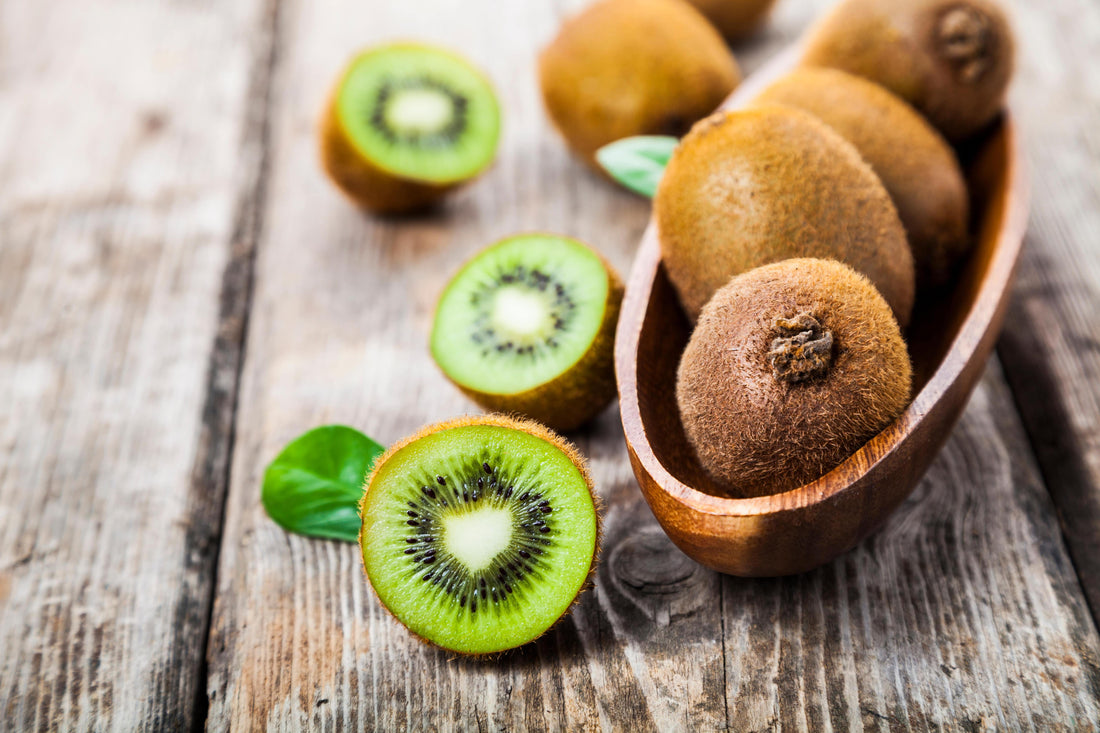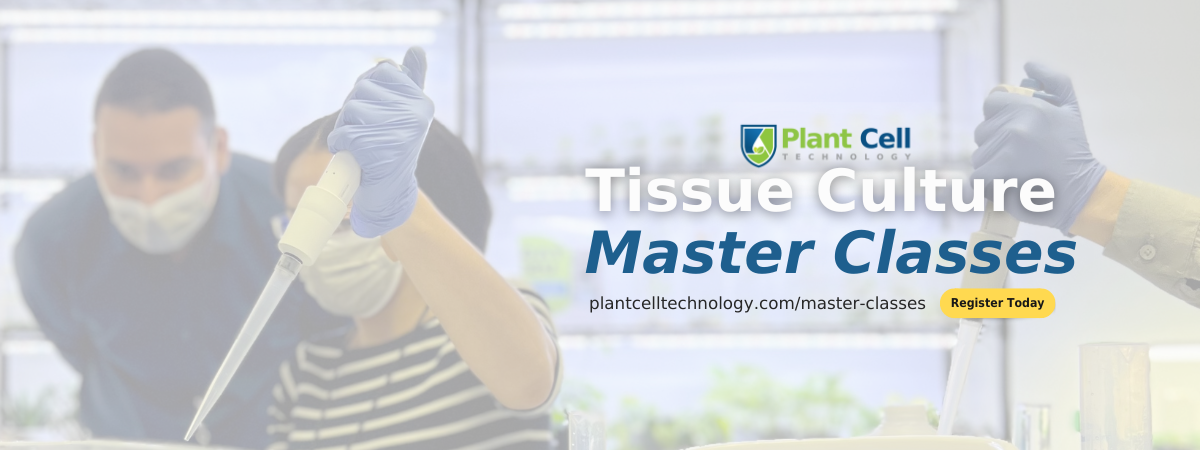
Tissue Culture of Kiwifruits (Part 1)
As a content and community manager, I leverage my expertise in plant biotechnology, passion for tissue culture, and writing skills to create compelling articles, simplifying intricate scientific concepts, and address your inquiries. As a dedicated science communicator, I strive to spark curiosity and foster a love for science in my audience.


Some facts on Kiwifruits
Do you know the exporting of kiwifruits to different regions and countries can earn you billions? Yes, Kiwifruits are so high in demand that in 2017, New Zealand exported kiwifruits to 50 countries with a total value of $1.182 billion.
Kiwifruits are low in calories and rich in vitamin C, antioxidants, fibers, and other nutrients. They have many health benefits that include lowering blood pressure, boosting wound healing, maintaining bowel health, and more.
The kiwifruits can be consumed in different forms, from salads, fresh fruit, frozen or canned, jam juice, to wine. They are also used as ornamental plants for their vine characteristics and beautiful cream-white flowers.
There are different methods available to propagate kiwi plants, however, the commercialization of kiwi fruits requires large-scale planting materials and easier, quicker, and economically viable methods. Only the tissue culture technique fits these criteria and is thought to be the best alternative to grow these plants on a commercial scale.
This article brings you a brief overview on kiwi plants and the procedure of their in vitro propagation.
Introduce Yourself to Kiwi Plants
Kiwi, also known as Chinese gooseberry, is a plant belonging to the family of Actinidiaceae, order Thales, subclass Dilleniidae, and Class Magnoliopsida. The plant is commonly grown in China, Taiwan, and New Zealand. Initially, it gained its popularity as fresh fruits in Japan, western Europe, and California.
The kiwi plant is botanically known as Actinidia deliciosa. It’s a large deciduous vine plant having simple alternate leaves. The genus Actinidia contains 36 species. Most of these species are polygamo-dioecious, that is, functionally dioecious even if some flowers are hermaphrodite.
These plants start budding at the end of the winter and lasts for 15 days. The fruit of the plant is about the size of a hen’s egg, having fuzzy brown skin which covers an attractive emerald green interior filled with small, black edible seeds.
Image: A picture of kiwifruit.
Source: Britannica
Cultivation of Kiwi Plants
Conventionally kiwis are grown using seeds, plant grafts, or cuttings. But, they are time consuming, complex procedures that don't help much in identifying the genetic characteristics of the plants, and a high proportion of males can be obtained. In these situations, tissue and organ culture are found to be effective for the propagation of kiwifruit.
Kiwis have been attempted to be grown in labs using several explants including meristem and shoot tip, axillary buds, nodal stem, leaf, root, and endosperms. But, only a few successful cases have been observed in mature vines as explants that can be useful to maintain the uniformity and genetic purity of the plants.
The Procedure Of Tissue Culture Of Kiwifruit (Actinidia deliciosa) Using Shoot Tips
The given procedure is taken from the study of Akbaş, Filiz & Işıkalan, Çiğdem & Namli, Süreyya & Başaran, Davut. (1560). Micropropagation of kiwifruit (Actinidia deliciosa). Internati̇onal Journal Of Agri̇culture & Bi̇ology. 8530. 9-3.
Cultivating Mother Plant For The Collection Of Shoot Tips
- Take a mature kiwi fruit, remove its pericarp and shells, and wash it with 70% alcohol. Then, collect the seeds for the tissue culture process.
- Prepare MS media supplemented with 3% sucrose (w/v), agar (0.7% w/v), and plant growth regulators.
- Adjust the pH of the medium to 5.8 and autoclave it at 120℃ for 25 min.
- Maintain the cultures at 25 ± 2℃ with a 16 h photoperiod (40 µmol m-2 s-1) provided mercury fluorescent lamps.
Cultivation Of Kiwi Under In Vitro Condition Using Shoot Tips
- Take stem explant with an apical bud from the plant grown through seed under in vitro condition.
- Prepare full strength MS media supplemented with 0.7% agar, 3% sucrose (w/v), and 0.5 mg/L BAP.
- Keep the cultures at 25 ± 2℃ with a 16 h photoperiod (40 µmol m-2 s-1) provided mercury fluorescent lamps. Observe them for four weeks.
- Transfer the newly formed shoots to the rooting MS media containing 1.0 mg L-1 NAA and 3% sucrose (w/v). You will observe roots after 40-45 days of culture.
- After rooting, take out the plantlets from the media, wash their roots under running tap water to remove stuck agar.
- Then, transfer the plantlet for acclimation to a 1:1 pooted mixture of sand and soil.
- You can cover the plantlets using a plastic beaker to maintain 90 ± 5% relative humidity for 4 - 5 weeks before being transferred into the growth room.
- Illuminate the growth room using 400 W mercury lamps.
- Irrigate the plants at the interval of every 2 - 3 days with water.
In part two of the kiwifruit tissue culture, we’ll discuss the method of growing the plant using other explants. We also will discuss how other labs have attained those procedures to be successful in the process.
Try out the procedure and let us know how it goes for you! We will be glad to be your partner in your tissue culture journey by listening to your success stories and helping you with the tissue culture processes.
If you need more assistance with your work right away, then reach us at www.plantcelltechnology.com/pct-consultation/. Book your one-on-one phone call if you are any individual or on-spot tissue culture services, or if you are a cannabis growing industry too. We’ll help you excel in your work with our expertise!
Happy Culturing!
Written by: Anjali Singh
Anjali is a scientific content writer at PlantCellTecnology. She has joined the company in 2020 with her technical knowledge of tissue culture, a background in Plant Biotechnology, and research skills. Apart from writing educational articles for our tissue culture enthusiasts, she also helps them with their queries on the tissue culture processes.
Before joining PCT, she has worked with various other biotech industries as a Scientific content writer and holds good experience in laboratory work and research.
References
- Revilla, M. A., Rey, M. A., Gonzalez-Rio, F., Gonzalez, M. V., Diaz-Sala, C., & Rodriguez, R. (1992). Micropropagation of Kiwi (Actinidia spp.). High-Tech and Micropropagation II, 399–423. doi:10.1007/978-3-642-76422-6_21.
- Kumar, S., & Sharma, D. R. (2002). Review Article In vitro propagation of kiwifruit. The Journal of Horticultural Science and Biotechnology, 77(5), 503–508. doi:10.1080/14620316.2002.11511530
- Akbaş, Filiz & Işıkalan, Çiğdem & Namli, Süreyya & Başaran, Davut. (1560). Micropropagation of kiwifruit (Actinidia deliciosa). Internati̇onal Journal Of Agri̇culture & Bi̇ology. 8530. 9-3.
Rey Manuel, Fernández Teresa, González Victoria, and Rodríguez Roberto (1992). Kiwifruit Micropropagation through Callus Shoot-Bud Induction. In Vitro Cellular & Developmental Biology. Plant, Vol. 28P, No. 3 (Jul., 1992), pp. 148-152. http://www.jstor.org/stable/20064834.
Blog Categories
View by Level
Popular Blogs

New Technical Agar Vs Supreme Agar
Introduction What’s the secret element that supports and holds plants in vitro? Not sure? It’s the solidifying agent. Solidifying agents...
Read More
Get the Protocol: How to Tissue Culture Nepenthes Using Nodes and Seeds
Introduction This plant is non-vegeterian... ...and we're not kidding! Nepenthes belongs to one of the most interesting families of carnivorous...
Read MoreSubscribe to Our Newsletter








Join the conversation
Your email address will not be published. Required fields are marked